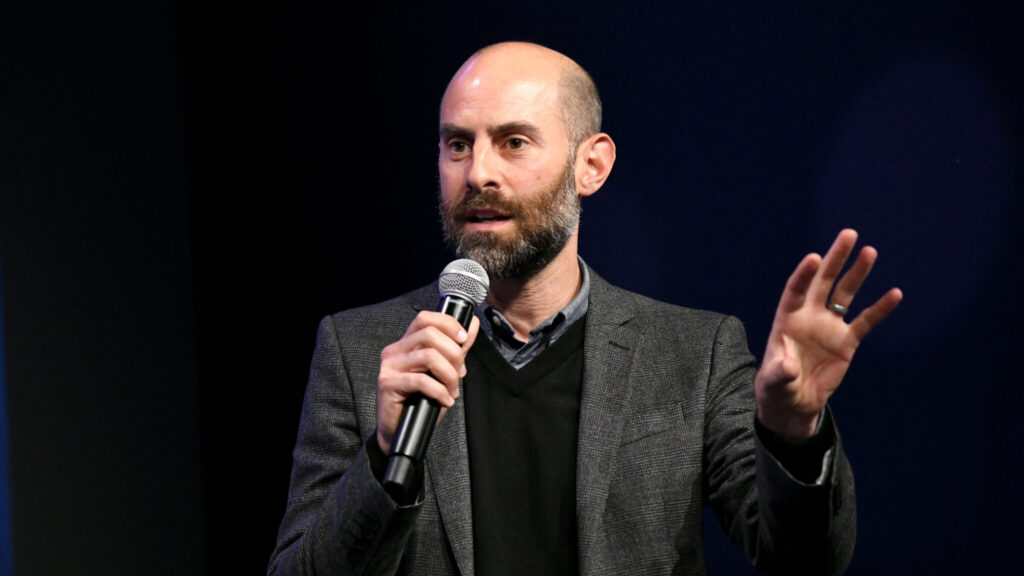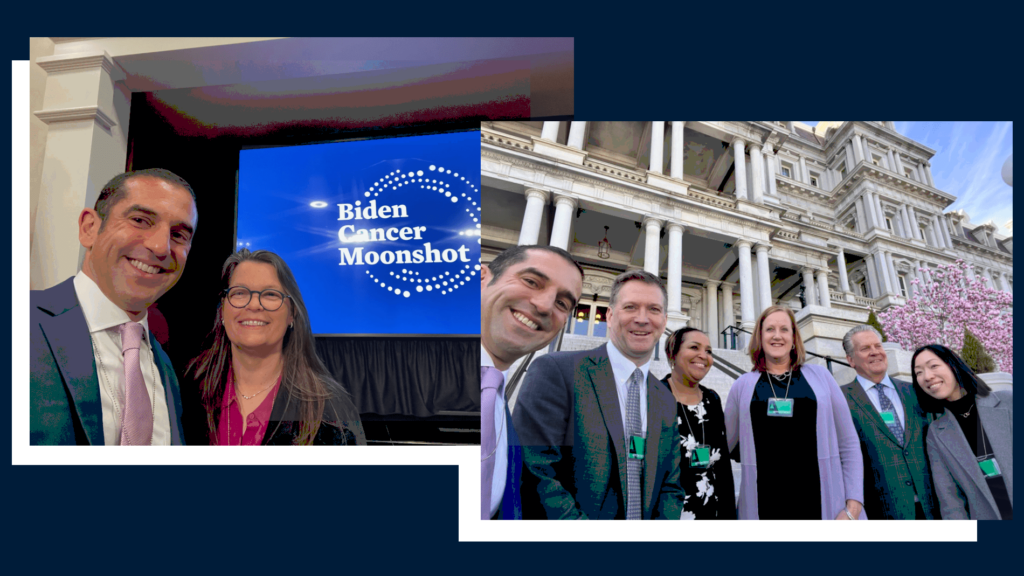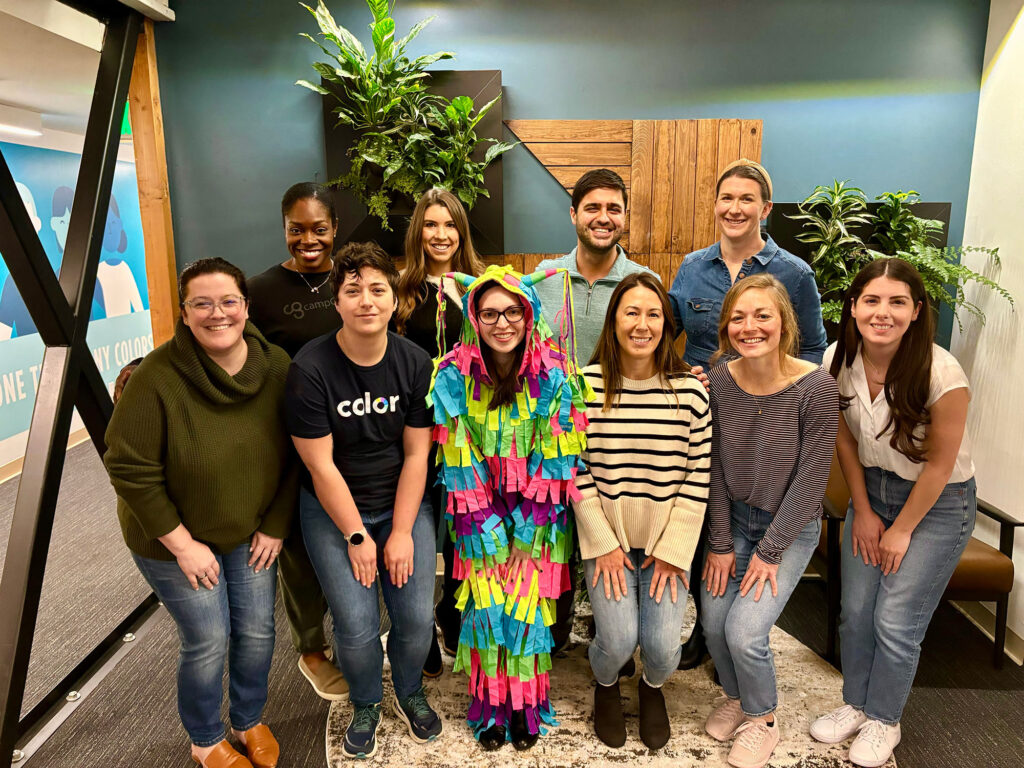News & Articles
Meet Gabriel Stricker, Color’s new Chief Communications Officer
Color

We are delighted to welcome Gabriel Stricker to Color as our Chief Communications Officer.
Prior to joining Color, Gabriel was the Chief Communications Officer at Emerson Collective. Previously, he served as the Director of Search Ecosystem at Google, the Vice President of Communications at Niantic, Inc., the Vice President of Policy and Communications at Google Fiber, and the Chief Communications Officer at Twitter.
He currently sits on the boards of the Planned Parenthood Action Fund and the Center for Investigative Reporting.
We recently had the opportunity to connect with Gabriel and get his perspective on his journey to Color, where we are in the evolution of healthcare, and the role of communications in these times of unprecedented change.
What brought you to Color?
I worked alongside Othman and Elad at Twitter, and I first talked with them about Color back in 2015. I have been obsessed ever since. As the son of a public health professional, Color’s mission of helping everyone lead the healthiest life that science and medicine can offer resonates with me on a deeply personal level. We are in an extraordinary time in the evolution of healthcare, and Color is uniquely positioned to help the most people — including the most vulnerable — at this unprecedented time.
What is so unprecedented about this time in healthcare, and how does Color fit into that evolution?
Even 5 years ago, many people had to go to a doctor or hospital just to get a flu shot. Today, we can go directly to a local pharmacy for those same services. This trend has been further accelerated by COVID-19, and at Color, we’re bringing medical services directly to you wherever you are — be it in your place of work, worship, study, or service. Solving the last mile — the last inch! — challenge is critical in a world where you no longer have to go to the care you need, but instead, the care comes to where you are. Against the tragic backdrop of COVID-19, Color has shown how to solve the problem of that last inch of health with great simplicity and humanity.
You talked about many of the changes having a significant impact on our most vulnerable populations. How does Color fit into that picture?
Until now, the ability to have healthcare come to you has really been available disproportionately to the upper echelons of our society. It wasn’t necessarily always this way. When I was growing up in rural Mendocino, our town doctor, Donald Hahn, routinely made house calls to people in our community irrespective of their means. In some ways, the current trend is getting us back to the spirit of what once was.
What’s remarkable about Color is our ability to provide the infrastructure and capabilities to monitor, manage, and protect the health of not just individuals, but entire populations. Color’s focus on population-scale healthcare programs makes this expansive, by serving the people represented by governments, schools, and employers.
How have your previous experiences prepared you for Color?
Looking back, it seems like my path would almost inevitably lead to Color. My mom worked for the Mendocino County Department of Public Health (and later for the UC Berkeley School of Public Health), so I suppose the issues surrounding health and wellness have been in my blood from an early age. Much later, I worked on the launch of Google Health, and tried to tackle a different kind of last mile problem with Google Fiber. At Niantic, we demonstrated how to use technology to help people lead healthier and more active lives. More recently, I served as an advisor to Virta Health. My work on the Planned Parenthood board and the issues surrounding reproductive health care have given me a sense of urgency — that urgency has only intensified in the face of COVID-19.
What role does communications and public policy play in Color’s opportunity?
While technology is the fundamental driver in the trend of how healthcare is getting closer and closer to the population that it serves, communications and public policy are also important accelerants. So many of the changes we’re experiencing rely on everyday people and policymakers alike becoming not only aware of these changes, but vocal advocates of those changes.
To me, one example of Color’s communications opportunity is the ability to normalize many of the changes we’re experiencing. As these changes are more and more normalized, people will experience healthcare coming to them as more of an expectation — or even a right — rather than a trend or luxury.
If you’re interested in joining us to change what we can all expect from healthcare, we’re hiring!



